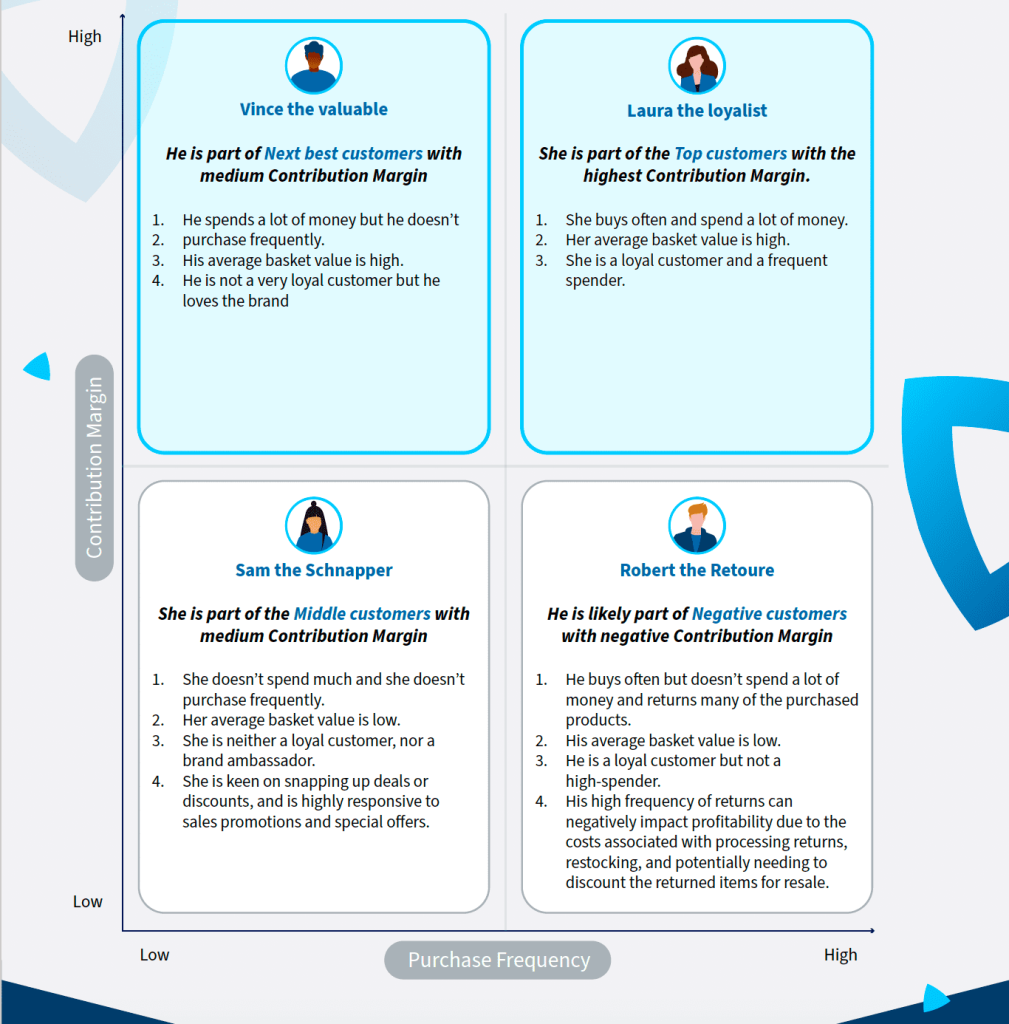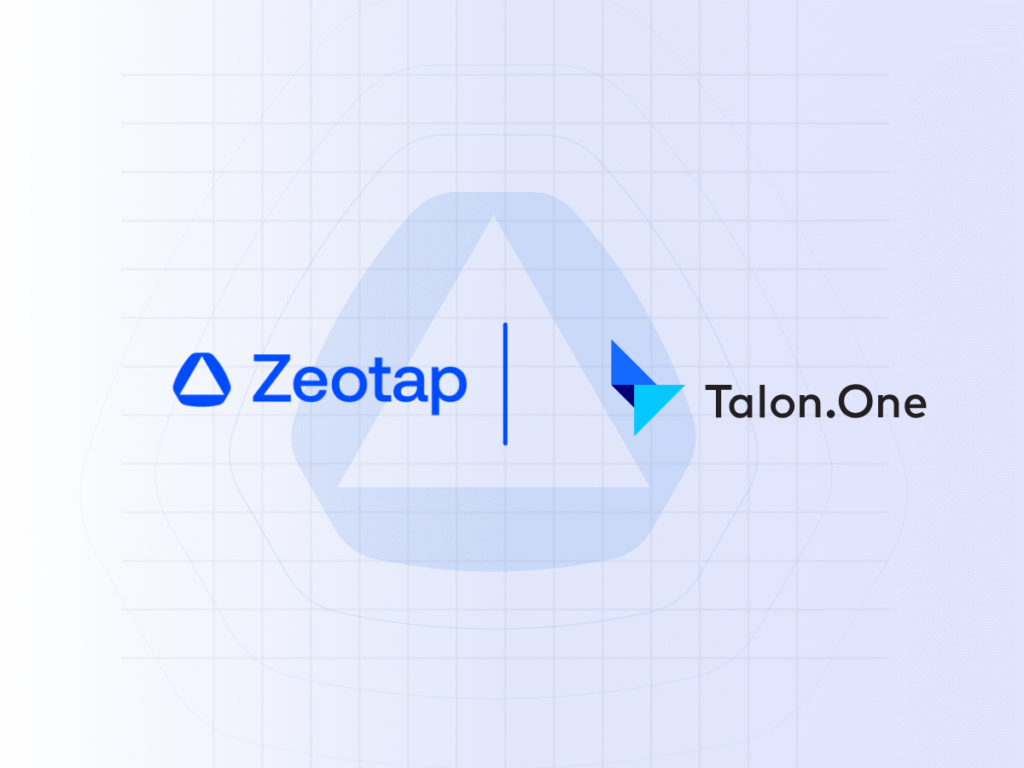
In today’s crowded marketplace, one-size-fits-all marketing approaches won’t work – customers have diverse needs, preferences, and motivations. In fact, research from Mckinsey found that 71% of consumers expect companies to offer personalised marketing strategies, and 76% get frustrated when this doesn’t happen. It’s crucial retail and brand marketers provide unique offers, as that’s what consumers expect to help cut through the noise.
To resonate with today’s audiences, and drive business outcomes, retailers need to understand these nuances and utilise a customer data platform (CDP) to better refine who they engage, and with what content.
Value-Centric Customer Segmentation Leads The Way
With this in mind, it’s critical retail marketers start utilising customer segmentation – which stands as a great strategy to analyse and structure audiences into distinct groups based on shared shopping characteristics. The groups can be broken out to easily showcase demographics like age or income, shopping behavioural patterns, or psychographics like values and interests, and more. By segmenting your audience, you gain a deeper understanding of their unique needs and motivations.
Taking things a step further, there are data-driven approaches that enable retailers and marketers to understand the overall economic value consumers bring to their business. This is known as value-centric customer segmentation. The key is to identify which customers spend the most with your brand, the frequency of those purchases, and to also identify which consumers have the potential to become more valuable over time. Essentially, value-centric customer segmentation and analysis helps retailers understand consumers’ lifetime value, which is a metric that predicts the total revenue a customer is expected to generate over their relationship with a brand.
Coupling together the demographic information and propensity to spend provides an incredible opportunity for retailers and marketers to tailor their engagements and provide better value to the customer. By understanding your customer base through this lens, retailers and marketers can personalise marketing messages and strategies for maximum impact, profitability and engagement.
The Four Segment Archetypes
Over the course of numerous campaigns and analysis, we’ve found there are four key buckets value-centric customer segmentation should be broken into. Notably:
- Loyalists: People who purchase a retailer or brand’s items often, and spend a large amount of money. Their basket value is usually high, and they are recurring buyers.
- Big Spenders: People who spend a lot of money with the brand or retailer, but not frequently. Their average basket value is high, but again, they don’t make very regularly recurring purchases.
- Discount Opportunists: This segment of people don’t spend much, and don’t purchase consistently. Their average basket value is usually low, however they are focused on making purchases based on deals or discounts; they are highly responsive to sales promotions and special offers.
- Negative Experience Returners: People who make frequent purchases, but don’t spend much. They are known to make returns of many purchases which can negatively impact profitability due to the costs associated with processing returns, restocking, and potentially needing to discount the returned items for resale. Their average basket value is low, but they make recurring purchases.

How CDPs Optimise Data-Driven Retail Strategies
However, tracking and analysing all the data associated with consumer demographics, segmentation and preferences is challenging – but necessary to understand how to best engage them. Aggregating data is also a challenge, as it commonly resides in silos across a company’s different channels, like sales CRMs, and social media platforms.
This is where CDPs shine – they bring new levels of clarity and insights to a company’s amassed datasets. CDPs allow users to bring together data from various sources, clean and unify it, and create a streamlined customer profiles for each respective person. This empowers retailers and marketers to see the complete picture – for example a customer’s frustrated social post alongside their high purchase value. This type of context allows retailers to respond with a message that acknowledges their frustration while highlighting the value they bring.
A unified view is critical for tailoring marketing engagements at scale that resonate with value-centric customer segments. Without proper data management, you could miss important purchase history that reveals high spending or potential sales leads in the future. A lack of context hinders your ability to craft personalised responses that acknowledge consumers’ value and anticipate their needs.
CDPs streamline the process of personalising marketing messages and customer service interactions based on data within each segment. This fosters a more human connection and builds stronger relationships for each type of consumer.
Conclusion
In today’s competitive landscape, value-centric customer segmentation is no longer a luxury, it’s a necessity. By harnessing the power of a CDP and personalising your approach, you can unlock a deeper understanding of your customers, ultimately driving business success. It’s critical retailers and marketers segment strategically and personalise with purpose.
For more information on value-centric customer segmentation, how to implement it, and its beneficial impacts on marketing, download the infographic.





